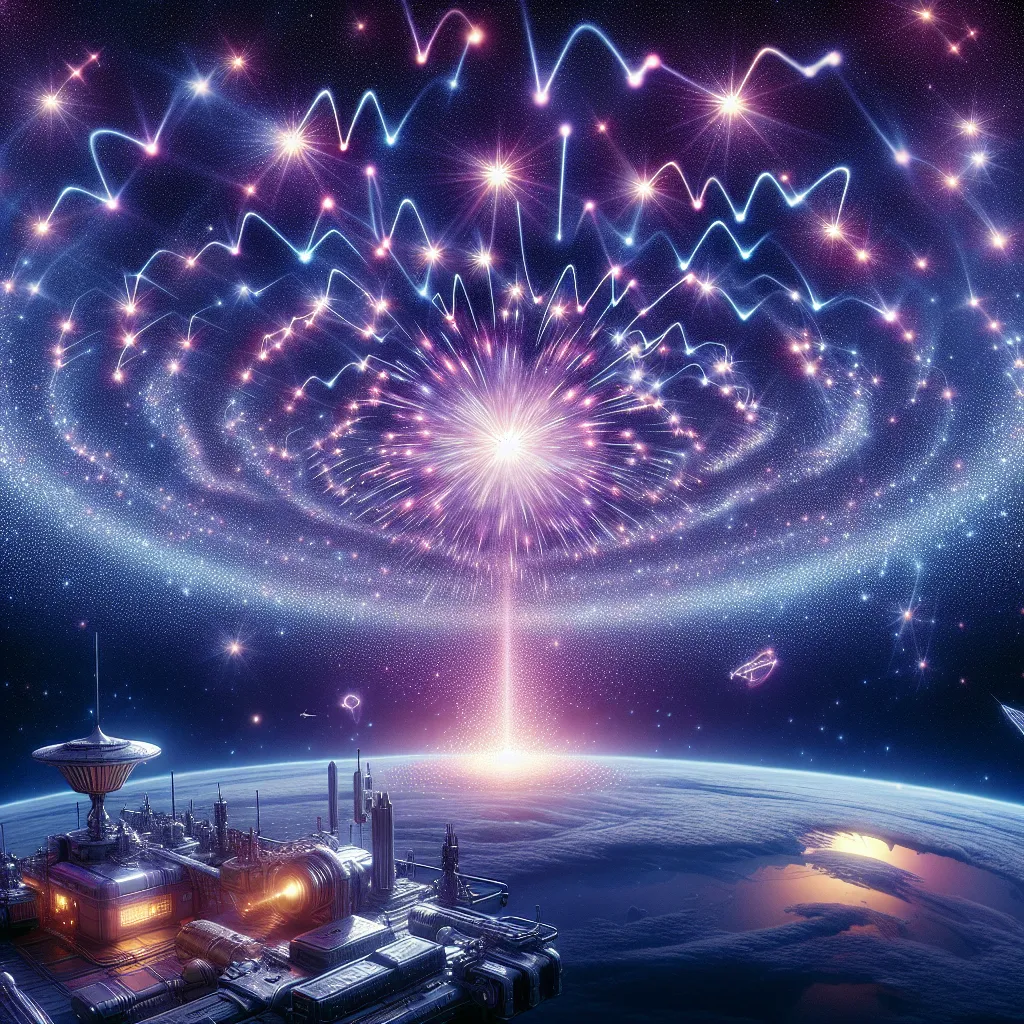A hydrogen bomb is essentially a combination of three bombs working together: a traditional chemical bomb, a fission bomb, and a fusion bomb. These three elements collaborate to create an immensely destructive force.
First, the chemical bomb is set off, which then triggers the fission bomb. The fission bomb functions similarly to the one dropped on Nagasaki. When the fission bomb detonates, it uses conventional chemical explosives to implode a sphere of plutonium-239 or uranium-235. This implosion generates extreme heat and pressure.
Next, this intense energy causes the fusion component to kick in. Specifically, it compresses a fusion cylinder filled with lithium deuteride. Under these conditions, lithium deuteride reacts and releases tritium. Tritium and deuterium then combine to form helium and additional neutrons.
The newly generated neutrons prompt the uranium casing and the plutonium rod within the bomb to undergo even more fission reactions. This heightened fission generates additional pressure on the lithium deuteride from both the inside and outside.
As this process continues, the fusion reactions produce even more neutrons, perpetuating the cycle of fission and fusion. This positive feedback loop escalates, resulting in a colossal explosion that causes widespread devastation.






